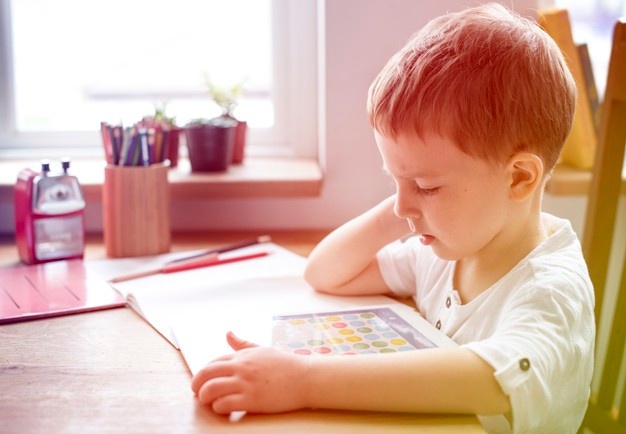Volume 11 Issue 8, August 2021

INVITED ARTICLE
Ms. A has undergone a vocal cord procedure. She was advised to speak minimally after the surgery. She has a thirteen-year-old son who is not going to school due to the ongoing COVID 19 pandemic. He is attending online classes run by school for six hours and after that would watch kids cartoon online. His mother would forbid him to do so but he would run away with the mobile in a separate room. As she was not able to speak and could only clap/make some sound to call him her child was having excess screen time. Although here the problem was increased due to mother’s illness, but this has been a common problem encountered in every household amidst COVID 19 pandemic. After the COVID 19 pandemic has hit the world, there have been unique challenges to communities around the world.

To curb the spread of virus, physical distancing and use of certain hygiene measures were imposed. The online medium or virtual interaction came as a boon to mankind. Internet is considered as a medium which is safe, secure, affordable, reliable, and accessible to all in the view of the current pandemic. As schools were on prolonged lockdown, the only medium of study and communication was through internet. This is not so favorable for children and adolescents as they have to endure significant stress of lack of communication with peers and excess screen time alongside dealing with developmental characteristics. The pandemic has also led to increase in gaming addiction and internet use in them with detrimental impact on psychosocial well-being. In a multi-centric study conducted in several countries it was observed that those who scored highly on gaming addiction, compulsive internet use and social media use had high scores of depressions, loneliness, escapism, poor sleep quality and anxiety related to the pandemic (Fernandes et al., 2020). The research shows that regardless of country of residence, the COVID-19 outbreak has had a significant effect on adolescent internet use and psychosocial well-being. Besides the effect on adolescent mental health the pandemic has also exposed the inequality among us. The rural and population from remote areas lack the ability to work or study from home due to lack of access and knowledge. For many who do have access, slow speeds and high prices characterize the internet service. Although the internet has emerged as a valuable tool and a necessity amidst COVID 19 crisis, it has also exposed emerging threats and existing disparities which should also be paid attention to. Excessive virtual media use may lead to syndemic of these problems along with COVID-19.
Further Reading:
- Implications of COVID-19 and Lockdown on Internet Addiction Among Adolescents: Data from a Developing Country, K. Siste.
- How Has the COVID-19 Pandemic Impacted Internet Use Behaviors and Facilitated Problematic Internet Use? A Bangladeshi Study, I. Jahan.
- The impact of COVID-19 lockdown on internet use and escapism in adolescents, B. Fernandes.


